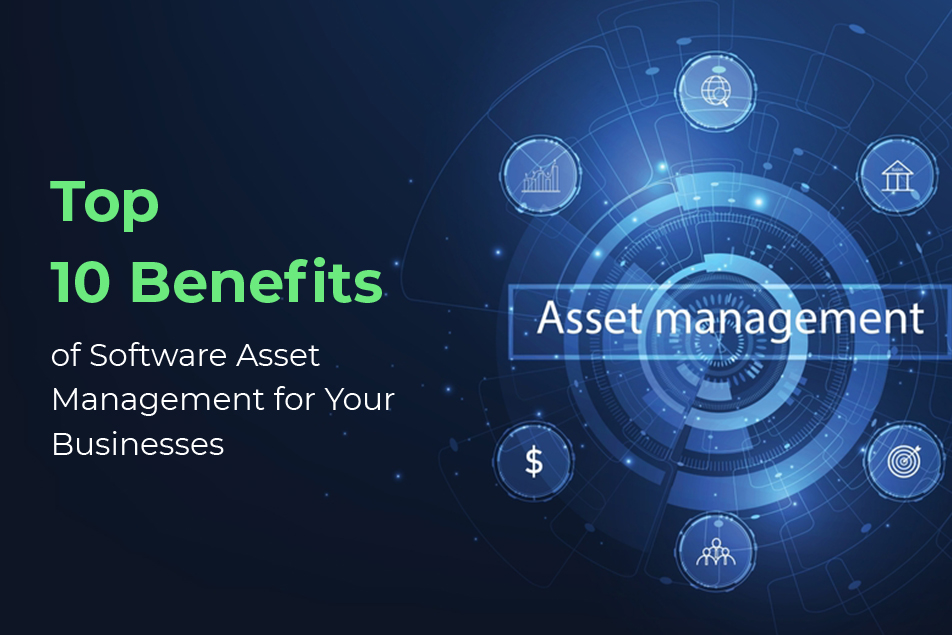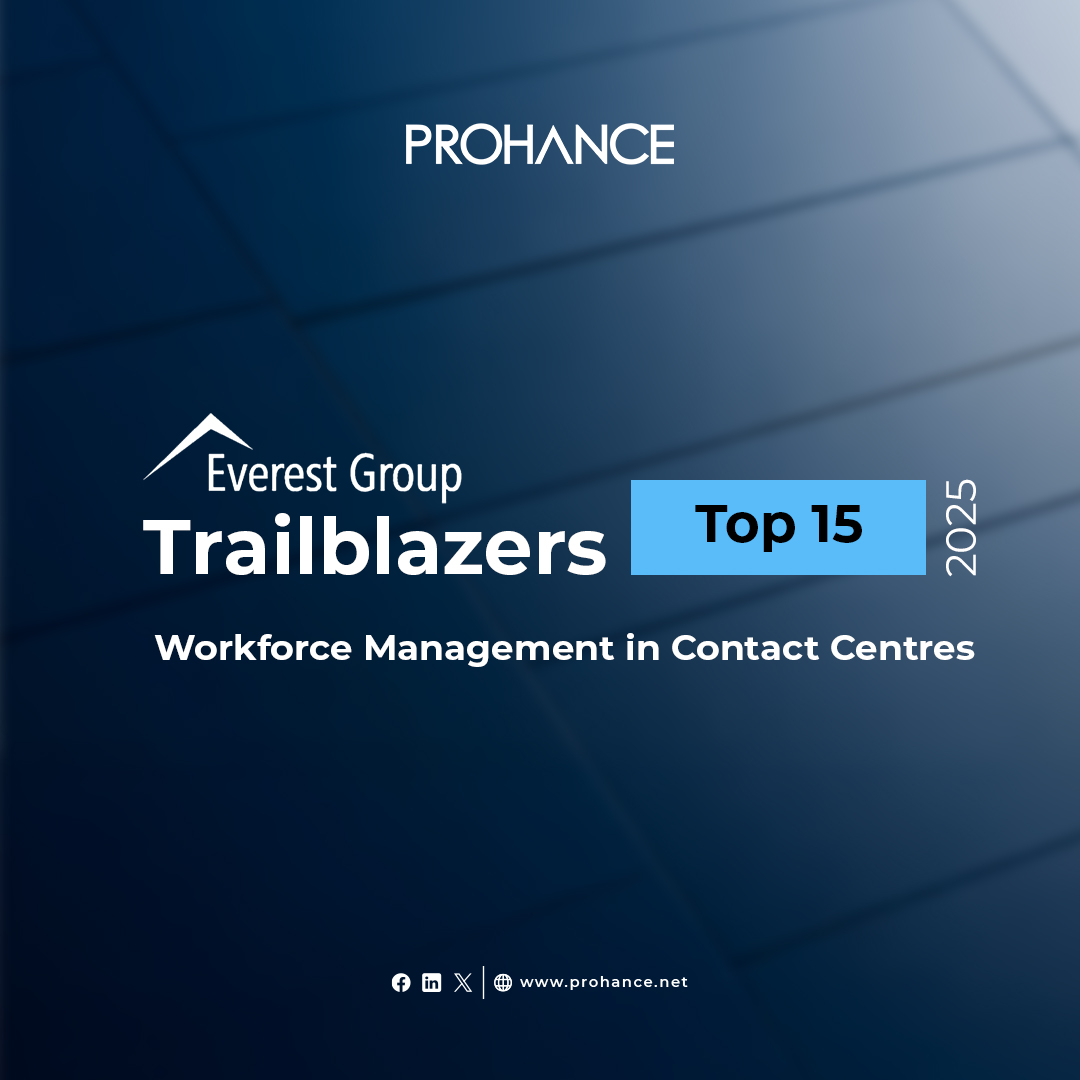Top 10 Benefits of Software Asset Management for Your Businesses
Table of Contents
As our dependencies on software and cloud computing increase rapidly, there is an urgent need to manage them properly. Software asset management, also known as IT asset management, can help organizations manage and optimize their software purchase life cycle to maximize return on investment.
In this article, we’ll highlight the top 10 benefits of software asset management and how this critical solution can support the IT function of an organization, thus maximizing security, flexibility, and cost-efficiency.
Benefits of Software Asset Management
Software asset management (SAM) isn’t a one-time, quick-fix application. It is a continuous process that provides companies with a holistic view of their IT spending, needs, and usage. It plays a vital role in company strategy and forecasting, enhancing functionality, and managing costs.
Here are the top 10 benefits of deploying an effective software asset management process within a business:
- Better compliance
- Improved Cost-Efficiency
- Enhanced Security
- Greater Productivity
- Adherence to Sustainability
- Future Forecasting
- Mergers and Acquisitions Support
- Standardized Software
- Stronger Negotiation
- Seamless Access to Information
1. Better Compliance
A good SAM can help eliminate the risks associated with software license compliance. Even your ‘unlimited’ plans don’t always protect you from unexpected software vendor audits. These audits are expensive and time-consuming, and even the slightest whiff of non-compliance can result in hefty penalties or expensive licenses. With the right SAM, it is possible to minimize or, better still, avoid such a scenario. Protect your business from unplanned, unbudgeted expenditures and disruption.
2. Improved Cost-Efficiency
SAM tools are key to reducing and managing software costs, to make sure a business is not overspending. The right tool keeps a tab on the use and performance of software licenses. Any software that is not used or is underutilized can be removed or re-assigned, reducing the need to buy more licenses, thus generating savings and improving ROI.
3. Enhanced Security
Software that is more than two years old is a known security risk. Further, with the move to hybrid working, it opens organizations to greater threats and vulnerabilities. SAM tools take away ‘blind spots’ in your IT infrastructure and give you a centralized view of your hardware and software, helping lower your cybersecurity risks. You can now proactively study your system and ensure the latest software versions and updates are installed, thus minimizing threats from security breaches
4. Greater Productivity
Older, unlicensed versions of software can create more issues than facilitate work. With a well-managed software system, your staff is free to focus on work rather than worry about software-related issues. This improves employee morale and productivity and leads to better employee satisfaction. A smooth-running system also provides data quickly, making it easier to tweak processes and assets to respond to evolving market conditions or user needs.
5. Adherence to Sustainability
The fast-growing demand for cloud computing is putting the environment under stress through greater energy consumption and emissions. Businesses with an eye on managing their operations sustainably can benefit from software asset management because of the eco-friendly business practices it helps introduce. SAM processes can optimize software and hardware use, bringing down energy consumption produced by cloud solutions and reducing the volume of product to be thrown away.
6. Future Forecasting
The digital transformation is rewriting the ways of working, and with the use of generative AI rising, it is important for a business to keep a strict check on spending and have control on financial forecasting. An effective SAM uses data to study patterns in your operations and trends in the market to empower you in making better decisions and future-proof your business.
7. Mergers and Acquisitions Support
SAM is especially useful if an organization is looking to merge or acquire another company. During this activity, all assets are verified, and this includes software licenses. The larger the organization, the bigger the total value of software assets, sometimes running into millions of dollars. This also raises the potential risks if the other organization is not properly licensed. The change in ownership can affect existing licensing provisions, and hence contracts with vendors need to be vetted.
8. Standardized Software
When starting, it’s easy for a business or organization to use and become dependent on an unlicensed piece of software. While it might work initially, there’s no guarantee of how it will continue to function, leaving your business vulnerable to potential risks. It is also possible that the vendor realizes this use and initiates legal proceedings. Additionally, multiple overlapping software systems can increase the complexity of managing your IT infrastructure and also increase costs. An efficient SAM will provide visibility on all software, including license, lifecycle, costs, and use, so you can standardize and rationalize your software decisions.
9. Stronger Negotiation
Besides managing compliance risks, SAM also provides procurement support by using detailed and rich data to put organizations in a strong position to negotiate a better agreement with their software vendors during renewal. By showing that you are compliant, you are better equipped to turn the renewal discussion in your favor and minimize costs. Additionally, purchasing software across the organization helps get a better deal than if people and departments were negotiating independently.
10. Seamless Access to Information
Till now, we’ve learned about the tactical and strategic benefits of SAM. However, there is another aspect that a modern SAM brings to the table that can help an organization make better decisions. An efficient SAM can collate all critical information from your IT infrastructure – hardware, software, data centers, remote devices, SaaS, and cloud – and transform this intelligence into a single powerhouse of information.
By centralizing information and removing barriers, teams can communicate better, perform better, and make stronger decisions faster to collectively achieve the goals of the organization.
Conclusion
Software asset management tools are an essential business requirement today. While these tools alone will not help transform your business, you can use the generated data to make strategic decisions that can have a direct impact on your IT operations and add value to your business in unexpected ways.
Are you looking to make the most of your software investments? Connect with us and we will change how you manage your software and hardware.






